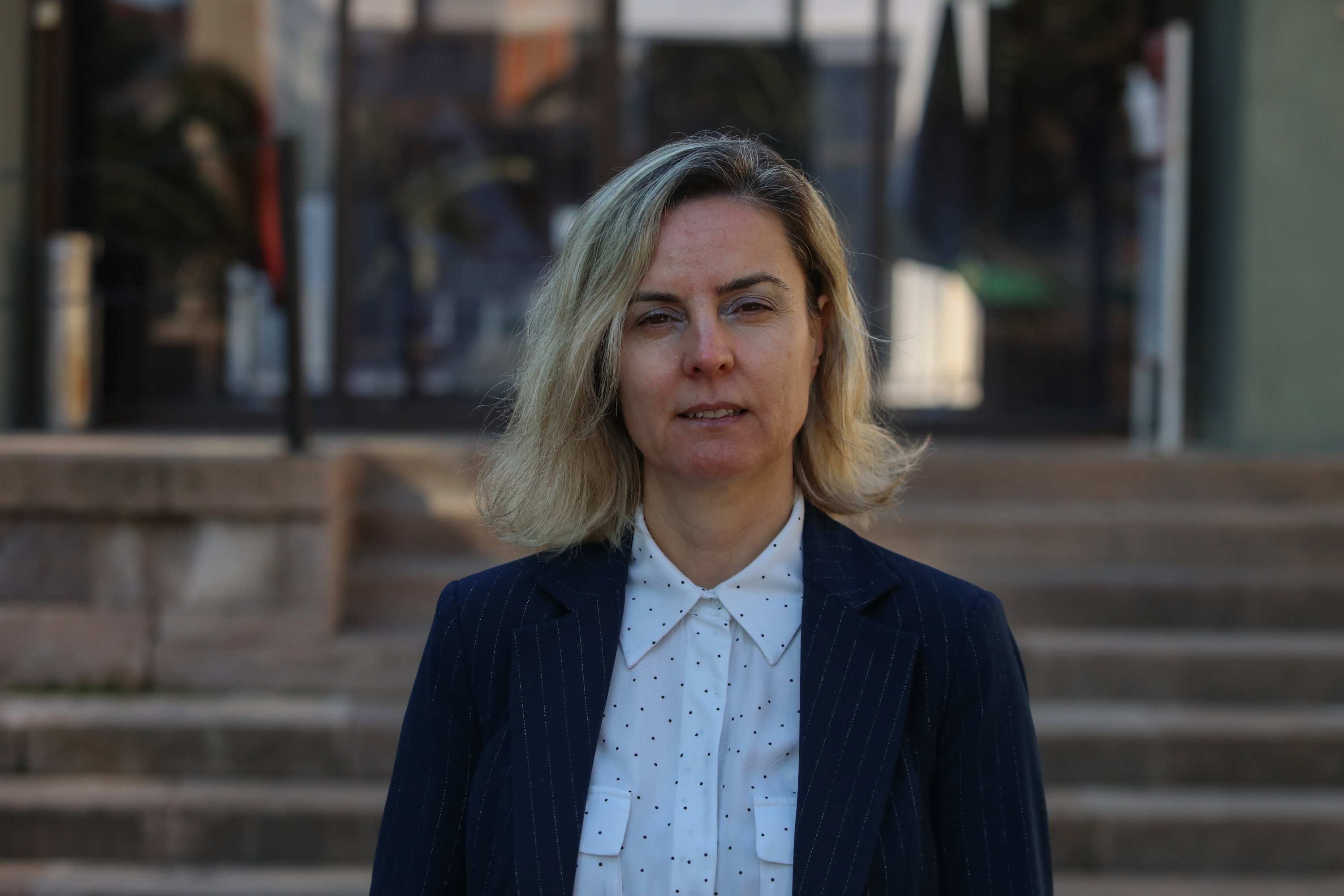© Turkuvaz Haberleşme ve Yayıncılık 2024
Several 2,500-year-old fortifications were recently discovered in the ancient city of Pergamon in Turkey's Bergama, which was included in the World Heritage List by UNESCO in 2014.
Stone walls were discovered as part of the restoration, cleaning and research work being carried out by the State Hydraulic Works (DSI) in the Selinos River, which flows around the ancient city of Pergamon.
An examination by experts from the Bergama Museum Directorate determined that the fortification walls, which are approximately 4-5 meters (13-16.5 feet) high, were built in the fifth century B.C. to protect the city against attacks.
Bergama Museum Director Nilgün Ustura told Anadolu Agency (AA) that the work carried out in and around the ancient city introduces new discoveries to the world of archaeology every year.
Noting that the Selinos Ancient Canal Project was carried out in the river on the outskirts of the ancient city with the cooperation of the Ministry of Agriculture and Forestry, the Ministry of Environment, Urbanization and Climate Change, the Bergama Museum, Bergama Municipality and other official institutions, Ustura stated that new finds were obtained on a 1.5-kilometer (0.93-mile) line.

The newly discovered fortification walls found during works conducted under the permission of the Cultural Heritage Preservation Regional Board have been dated to the fifth century B.C. and were built with the "polygonal" system reflecting the characteristics of the period, Ustura said.
"The Selinos Ancient Canal Restoration Project is an extremely long-term project. This project, which started on Feb. 5, 2021, provides us with archaeological data. This brings together very important historical inferences. We found that the fortification walls, which we think were built in the second century B.C., belong to an earlier period," she explained.
Ustura explained that while the 4-kilometer-long fortification walls dating back to the second century B.C. were straight, this recent discovery shows polygonal type walls dating back to the fifth century B.C. "We believe that these walls descended into the ancient Selinos River and were built for defensive purposes," she added.
Noting that the expert teams of the Bergama Museum continue their work in the field, Ustura stated that the city walls are the product of qualified architectural work in the early period.
Pointing out that the walls ensured the security of the city, Ustura said: "The walls we have reached show sociological and economic power. The stronger you make the walls, the stronger the city will be. We see the walls as architectural work that controlled the entrances and exits to the city."
The ancient city of Pergamon, enriched with new discoveries that open the doors of history, was viewed from the air by AA.
The first traces of settlements in the acropolis on Pergamon Hill date back to the seventh and sixth centuries B.C. Attracting visitors from all over the world, the ruins of the ancient city, first uncovered in the 16th century, tell the story of the unique historical treasure of Anatolia.
The palace, castle gate, Athena sanctuary, library, theater, temples, columns and structures surviving from the walls of the historical city of Pergamon are shown as one of the most spectacular settlements of the Hellenistic Period.
Pergamon, which hosted rulers for thousands of years, including Macedonian King Alexander the Great, the Romans, Seljuks and Ottomans, overlooks fertile lands and water resources from the high hill on which it was founded.
